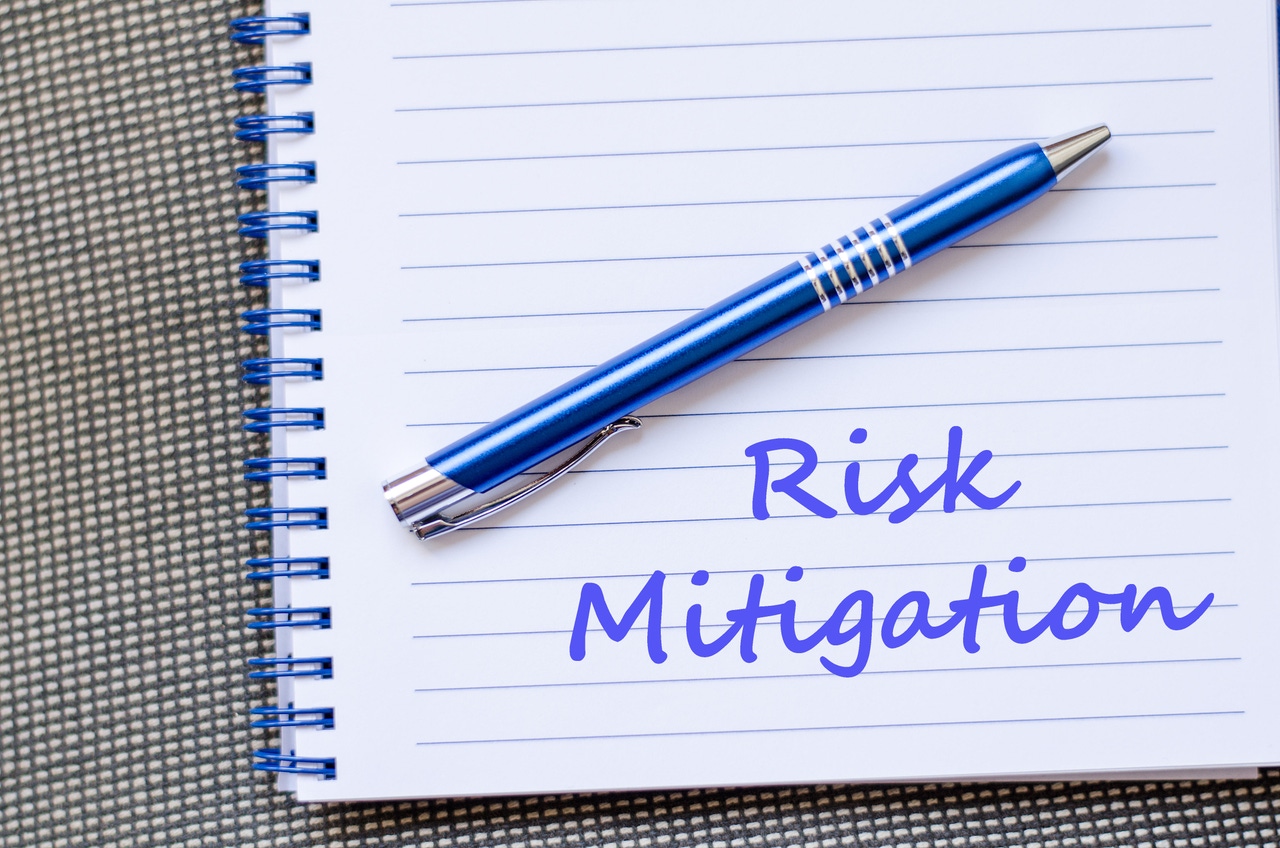The Role of Zero Trust in Cybersecurity Risk Mitigation
The philosophy behind Zero Trust assumes there are bad actors within and outside of your internal network, so no user or machine should be implicitly trusted.
August 13, 2024

Ah, the melodramatic saga of cybersecurity—a tale filled with lone hackers, cunning competitors, and the occasional cyber-criminal mastermind. But amidst the chaos of external threats, there lurks a more sinister menace: the dreaded insider threat. Yes, it's like discovering that the real danger isn't from some hooded figure in the shadows but from Dave in accounting, who still thinks "password123" is a fortress of security.
In this cybersecurity blockbuster, where every click could be a plot twist and every email a potential disaster, it's imperative to fortify our defenses against both external invaders and the mischief-makers within our own ranks. After all, who needs Hollywood when you've got Dave accidentally emailing sensitive information to the entire company?
According to the latest IBM Cost of Data Breach survey, a whopping 24% of data breaches are attributed to those sneaky, negligent insiders—those who inadvertently click on malicious links or leave the door wide open for cyber-criminals. It's like realizing the biggest threat to your cybersecurity isn't a villainous hacker, but rather your colleague who hasn't updated their antivirus since 2008.
And let's not forget the Insider Data Breach Survey, where 60 percent of executives pointed fingers at well-meaning employees who just wanted to beat the clock and accidentally hit "reply all" on that confidential email. It's like watching a Shakespearean comedy unfold in the most tragic of settings—the corporate network.
The need for a zero trust approach
As a cyber security consultant, I help companies along their digital transformation journey and adopt a Zero Trust mindset. You are only as strong as your weakest link, and many times, that can be internal employees. The philosophy behind Zero Trust assumes there are bad actors within and outside of your internal network, so no user or machine should be implicitly trusted. Zero Trust security provides visibility not only into your environment but also the data. Data is the new currency, and it’s extremely valuable.
Business owners can now manage their environment as the ultimate bouncer at a club where everyone needs to show their ID, dance skills, and maybe even their grandma's phone number just to get in. You dole out access sparingly, verifying who's asking, why they're asking, and whether their dance moves are smooth enough for the VIP section.
Every device, user, and request is a potential party crasher. No one gets an all-access pass just for making it past the door—they need to prove themselves every time they want to hit a new dance floor. This constant check-in ensures that only the true partygoers can enjoy the beats. Organizations often have to let in vendors, contractors, service providers, and other party planners. Hackers love to crash these gigs by using compromised vendor passes to sneak in and wreak havoc on the dance floor. By implementing Zero Trust, you minimize your attack surface, improve audit and compliance monitoring, and reduce cybersecurity risk.
So, how do we navigate this treacherous landscape and ensure our digital fortress remains impregnable? Fear not, for there are strategies at hand to thwart even the wiliest of insider threats:
Implement Multi-Factor Authentication (MFA): Require users to verify their identity through two or more unique security factors. This simple step can virtually eliminate more than half of the threats associated with exposed user credentials. Sorry, Dave, but "password123" just won't cut it anymore.
Proactively monitor for breaches and cyberthreats: Don't fall victim to alert fatigue—outsource the task of monitoring to a trusted partner who can keep a vigilant eye on your network. With cyberthreats evolving faster than a superhero's origin story, staying one step ahead requires constant vigilance and expert oversight.
Perform ongoing risk assessments and stay informed: Knowledge is power, especially in the realm of cybersecurity. By regularly assessing your risks and staying informed about the latest threats and trends, you can adopt a preventative approach to security, nipping potential issues in the bud before they blossom into full-blown catastrophes.
A final word on cybersecurity risk mitigation
So, as we embark on this epic saga of safeguarding our data from all who dare to breach its sanctity—external and internal alike—let us heed the lessons of cybersecurity's blockbuster tale. For in this high-stakes game of cyber-chess, the plot twists are real, the villains unexpected, and the need for vigilance eternal. Cue the dramatic music, dear readers, for the saga continues.
Related articles:
About the Author
You May Also Like




